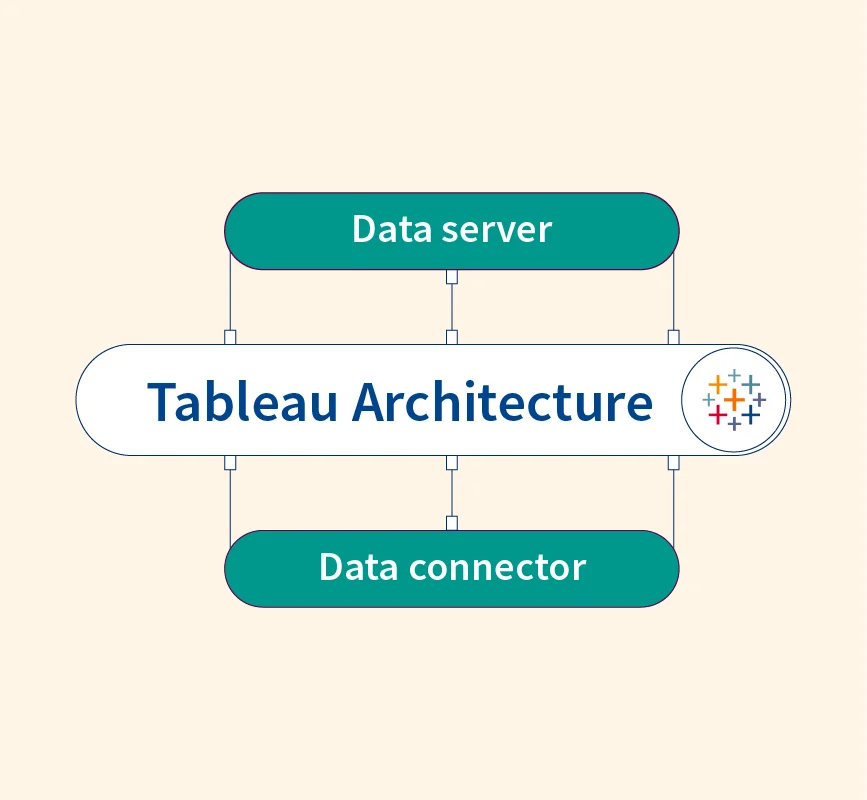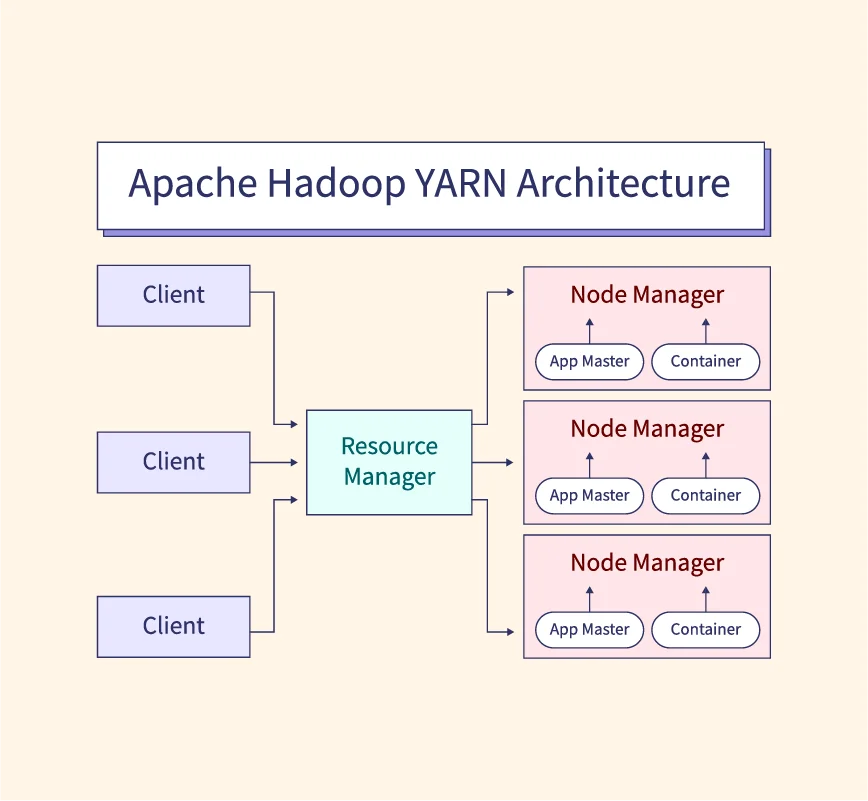Artificial Intelligence (AI) has evolved from a theoretical concept into a transformative technology impacting nearly every industry. Initially conceived as a means for machines to mimic human cognition, AI has since expanded into diverse fields like healthcare, finance, and robotics. By examining the history of AI, we can gain insight into its developmental milestones, technological breakthroughs, and future potential. This exploration will shed light on how AI transitioned from foundational theories to practical applications, shaping the modern technological landscape.
What is Artificial Intelligence?
Artificial Intelligence (AI) refers to the simulation of human intelligence in machines, enabling them to perform tasks that typically require human cognitive abilities, such as learning, reasoning, and problem-solving. At its core, AI combines algorithms, data, and computing power to make decisions or predictions. The development of AI is crucial in advancing technology, as it fosters innovations that can transform industries, automate tasks, and enhance human capabilities. This significant field underpins numerous applications, from virtual assistants to complex problem-solving in scientific research.
The History of Artificial Intelligence
Artificial intelligence (AI) has progressed through a series of significant milestones, evolving from foundational theories to modern breakthroughs. Key phases in AI history highlight the advancement in theoretical ideas, practical applications, and societal impacts.
1. Early Foundations of AI (1943–1952)
The foundational ideas of artificial intelligence emerged in the 1940s with groundbreaking theoretical work. In 1943, Warren McCulloch and Walter Pitts introduced a model of artificial neurons, which represented the first formal attempt to understand neural networks mathematically. This model laid the groundwork for understanding how machines could potentially mimic human brain functions. By 1950, Alan Turing published his influential paper, “Computing Machinery and Intelligence,” proposing the famous Turing Test. This test aimed to determine whether a machine could demonstrate intelligent behavior equivalent to, or indistinguishable from, that of a human. Turing’s work in this period fueled the conceptual underpinnings of AI, inspiring researchers to envision machines capable of performing logical reasoning, computation, and other human-like cognitive functions. These early theories provided a framework that would propel AI research forward, sparking interest in machine intelligence and laying the groundwork for the future of the field.
2. Birth of AI (1952–1956)
The birth of artificial intelligence as a formal field of study began with the historic Dartmouth Conference in 1956, where the term “Artificial Intelligence” was coined. This conference, organized by John McCarthy, Marvin Minsky, Nathaniel Rochester, and Claude Shannon, aimed to explore the possibility of creating machines capable of “simulating every aspect of learning or any other feature of intelligence.” The Dartmouth Conference brought together prominent scientists who would become pioneers in AI, setting the stage for future research. One of the key early programs developed during this time was the Logic Theorist, created by Allen Newell and Herbert A. Simon in 1955. The Logic Theorist was designed to mimic human problem-solving skills and is considered one of the first AI programs. It could prove mathematical theorems and provided evidence that machines could perform reasoning tasks. This period marked the beginning of AI as a recognized field, with early successes fueling optimism and encouraging further exploration.
3. The Golden Years of AI (1956–1974)
The period from 1956 to 1974 is often referred to as the “Golden Years” of AI, characterized by rapid advancements and an influx of research funding. This era saw an expansion in the exploration of AI concepts, as governments and organizations recognized the potential of intelligent machines. During these years, the development of influential programs and algorithms greatly advanced AI research. One notable project was ELIZA, created by Joseph Weizenbaum in the mid-1960s. ELIZA was an early natural language processing program that simulated conversation with a human by mirroring responses, mimicking a Rogerian psychotherapist. ELIZA showcased the potential of computers to interact in human-like ways, sparking widespread interest in AI’s potential.
Another groundbreaking program was SHRDLU, developed by Terry Winograd in the late 1960s. SHRDLU could manipulate virtual blocks in a simulated world by following natural language commands. This achievement was significant as it demonstrated a computer’s ability to understand complex linguistic instructions and make decisions based on them. These successes fueled optimism, leading to increased research support and the belief that AI was on the verge of achieving human-like intelligence. However, as optimism grew, so did expectations. Researchers started facing practical limitations, which would eventually lead to a downturn in AI funding and interest. Despite this, the “Golden Years” laid a strong foundation and demonstrated the vast potential of AI technologies, shaping future advancements.
4. The First AI Winter (1974–1980)
The optimism of the 1960s was followed by a period of disillusionment known as the “First AI Winter.” Beginning in the mid-1970s, funding for AI research was significantly reduced due to the inability of early AI systems to meet ambitious expectations. Many believed AI would soon replicate human intelligence; however, researchers encountered major obstacles, particularly regarding computational power and limitations in algorithmic capabilities. Despite progress in specific areas, such as natural language processing and logical reasoning, AI applications remained narrow, and the technology struggled with complex real-world tasks.
Factors leading to the AI Winter included skepticism from the scientific community, unmet promises, and financial strain. Governments and organizations cut funding, redirecting resources to more promising fields, as AI seemed far from practical implementation. The scarcity of computational resources made it difficult for researchers to develop advanced systems, leading to a decline in enthusiasm and slowed progress. This period served as a reality check, prompting researchers to adopt more realistic approaches. While the AI Winter brought a temporary halt to progress, it ultimately encouraged the development of more achievable goals and realistic expectations, setting the stage for future advancements in AI.
5. AI Revival and Boom (1980–1987)
The early 1980s marked a revival in AI research and funding, driven largely by the rise of expert systems. These systems were designed to replicate the decision-making abilities of human experts, making them valuable in fields requiring specialized knowledge, such as medicine, finance, and engineering. Businesses quickly recognized the potential of expert systems to streamline processes, improve productivity, and reduce costs. As a result, industries invested heavily in developing and implementing these AI-driven solutions, leading to a surge in funding for AI research.
Expert systems like MYCIN, which assisted doctors in diagnosing bacterial infections and recommending antibiotics, showcased the practicality of AI in real-world applications. Another significant system, XCON, helped configure computer systems at Digital Equipment Corporation (DEC), saving the company substantial resources and boosting efficiency. This period saw the establishment of dedicated AI companies, many of which focused on the development and commercialization of expert systems. The success of these applications reignited enthusiasm and optimism in AI’s future, and academic institutions and government bodies joined in supporting AI advancements. Additionally, machine learning research gained traction, with scientists exploring algorithms and statistical methods to improve AI capabilities.
The renewed interest and substantial funding created a favorable environment for advancements. However, like earlier periods of optimism, this boom would eventually cool as AI faced new challenges. The limitations of expert systems, such as their high development costs and difficulty in handling complex, dynamic scenarios, would soon lead to another period of stagnation in AI development.
6. The Second AI Winter (1987–1993)
Despite the initial success of expert systems, by the late 1980s, AI encountered its second major downturn, often referred to as the Second AI Winter. Economic factors, such as a slowing global economy, coupled with technical challenges, led to a reduction in AI funding and a growing disinterest among investors. Many expert systems, though effective in specific applications, proved to be expensive to maintain and limited in adaptability. These limitations led to disappointment among businesses and a reevaluation of AI’s practicality in commercial applications.
The decline was further exacerbated by the rapid advancement of other technologies, such as personal computing and the internet, which diverted interest and investment away from AI. Government funding for AI projects also decreased, as AI research failed to deliver on some of its more ambitious promises. The technology struggled to handle tasks beyond the narrow scope of expert systems, reinforcing the perception that AI was overhyped.
This period of reduced funding and enthusiasm forced AI researchers to pivot towards more focused, foundational work, often away from high-profile applications. While progress slowed, the Second AI Winter allowed the field to recalibrate, encouraging researchers to focus on building more robust and scalable algorithms. These efforts would later contribute to breakthroughs in the 1990s and early 2000s, as AI entered a new phase of innovation and practical application.
7. Rise of AI Agents and Intelligent Systems (1993–2011)
From the early 1990s, AI research pivoted towards creating intelligent agents—autonomous systems capable of perceiving their environment and taking actions to achieve specific goals. This period marked the development of practical AI applications in computing, spurred by advancements in algorithms, increased computational power, and enhanced data storage capabilities. Intelligent agents found use in areas like gaming, customer service, and search engines, enabling computers to assist users in a more interactive and dynamic manner.
One of the significant breakthroughs during this time was the development of probabilistic reasoning algorithms, which allowed AI systems to handle uncertainty and make informed decisions based on probability. These methods, such as Bayesian networks and Markov decision processes, enabled more accurate predictions and adaptability in uncertain environments. This shift in approach laid the groundwork for modern AI applications, as probabilistic methods became fundamental in fields like natural language processing and robotics.
Key projects in this era included IBM’s Deep Blue, the chess-playing computer that defeated world champion Garry Kasparov in 1997, demonstrating AI’s growing potential. Additionally, autonomous agents were applied in software to manage tasks like internet searches, recommendation systems, and basic virtual assistants. These advancements emphasized AI’s practical applications, making it accessible to consumers and businesses. By 2011, AI had established itself as an invaluable tool across numerous domains, setting the stage for the rapid advancements that would follow in the deep learning and big data era.
8. Deep Learning and Big Data Era (2011–present)
The era beginning in 2011 marked a profound shift in AI, driven by the emergence of deep learning and the rise of big data. Deep learning, a subset of machine learning inspired by the human brain’s neural networks, enabled AI systems to process vast amounts of data and recognize complex patterns. Breakthroughs in neural networks, such as convolutional neural networks (CNNs) and recurrent neural networks (RNNs), allowed for major advancements in areas like image and speech recognition.
The availability of large datasets and advancements in GPU technology further fueled deep learning research, enabling algorithms to train on millions of data points efficiently. Companies like Google, Facebook, and Microsoft invested heavily in AI research, leading to notable developments such as Google Brain and DeepMind. In 2015, DeepMind’s AlphaGo defeated a world champion Go player, demonstrating the immense power of deep learning in handling complex, strategic tasks. This victory underscored AI’s potential in areas requiring intricate decision-making and adaptability.
In recent years, AI models like GPT (Generative Pre-trained Transformer) have showcased advancements in natural language processing, generating human-like text and transforming industries ranging from content creation to customer service. Generative adversarial networks (GANs) and transformers have pushed the boundaries of AI’s creative and analytical capabilities, leading to applications in fields like art generation, healthcare diagnostics, and automated trading.
The deep learning and big data era also sparked increased research into artificial general intelligence (AGI), aiming to create AI with broad cognitive abilities similar to human intelligence. Although AGI remains a distant goal, ongoing research in this field is pushing AI’s capabilities to unprecedented levels. Today, AI’s influence spans nearly every industry, with continuous advancements shaping the future of technology and society.
What Does the Future Hold for AI?
The future of AI promises transformative advancements that will reshape industries and society. Researchers are aiming to move beyond current capabilities towards Artificial General Intelligence (AGI)—AI that can understand, learn, and apply intelligence across diverse fields, much like a human. While AGI remains speculative, progress in areas such as quantum computing and neuromorphic engineering could provide the computational power and architectural flexibility needed to make it a reality.
Anticipated developments also include enhanced ethical frameworks and regulatory measures to ensure AI aligns with societal values. As AI becomes more integrated into critical sectors like healthcare, finance, and law enforcement, addressing bias, transparency, and privacy concerns will be paramount. AI is also expected to create novel applications in fields such as sustainable technology, personalized education, and advanced robotics, making it a key driver in addressing global challenges. The future trajectory of AI will shape both its opportunities and responsibilities in society.
References:


